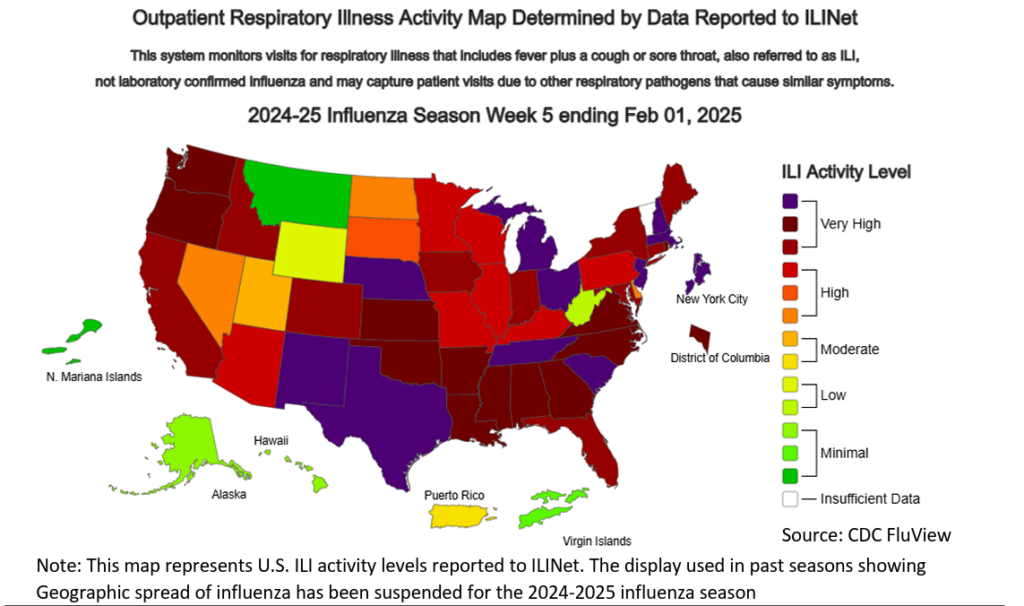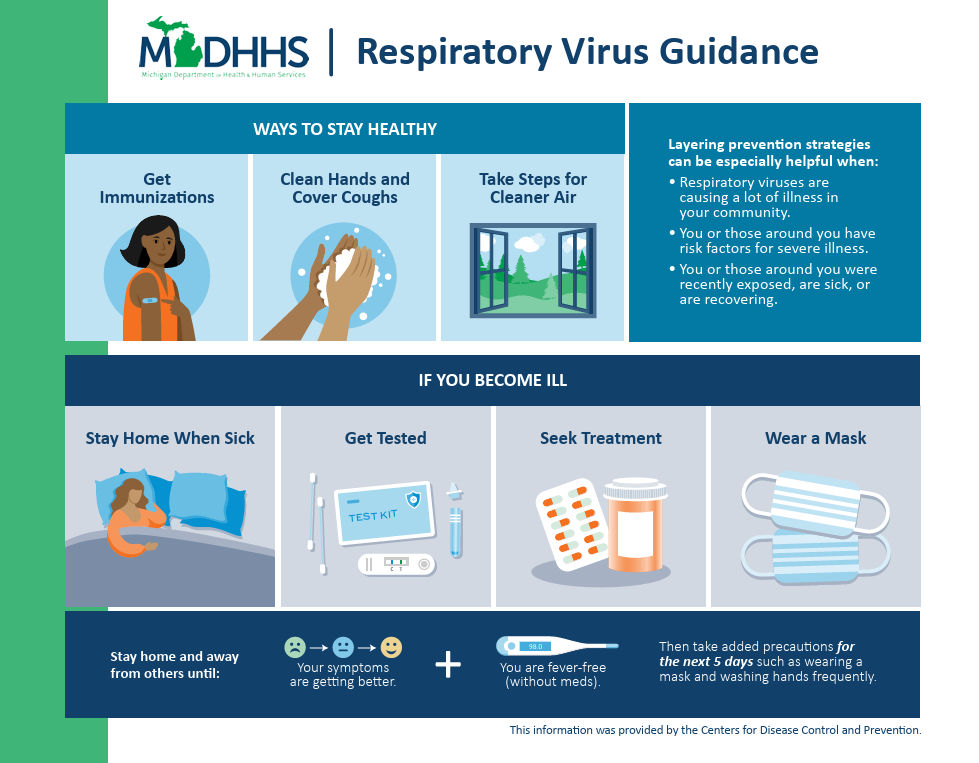
Flu levels now highest since 2009 swine flu pandemic
Levels of influenza nationwide are now at the highest they have been since the peak of the 2009 swine flu pandemic, according to figures published Friday by the Centers for Disease Control and Prevention, amid this winter’s second wave of the virus.
Close to 8% of visits for respiratory illness to outpatient providers, including urgent cares and doctors offices, reported to the CDC last week were people sick with influenza. That is the worst on record in the CDC’s influenza surveillance network since late 2009, during the swine flu pandemic.
While most flu seasons usually see a resurgence of infections after the winter holidays, this winter’s flu wave has now reached unusually high levels compared to recent years.
That has driven overall levels of respiratory illness to “very high” levels for the first time this season, despite a smaller and now-decreasing wave of COVID-19 in recent months.
Other influenza metrics are also far above recent peaks nationwide, including in emergency rooms and from testing laboratories. Data collected by the CDC from labs found 31.6% of tests last week were positive for influenza, close to double the 18.2% at last season’s peak.
The CDC says that most states are at “high” or “very high” levels of influenza activity, though some states may have now reached their peak.

Unlike the 2009 pandemic, lab tests around the country suggest cases are still from the usual seasonal variants of the virus, and not a new strain that has spilled over from animals.
As of February 1, about 9.7% of emergency department visits and 4,811 hospital admissions in Michigan were associated with acute respiratory viruses (COVID-19, influenza, RSV). Vaccination coverage for the current respiratory virus season is low which contributes to the increased case count and hospital admissions. Only 24.7% of Michiganders have received the 2024-25 influenza vaccine.
There are actions you can take to protect yourself and others. Learn about COVID-19, flu and RSV, and how to prevent them and reduce your risk of getting seriously ill. For each of these viruses, your best protection is to be up to date on vaccines. If you do test positive or are diagnosed with the viruses, talk to your health care provider about the treatment options that are best for you.


